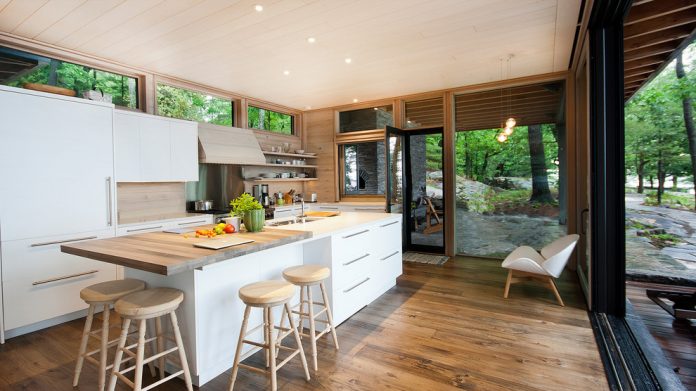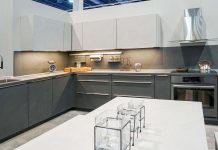The differences between two standard cabinet styles
There are dozens of styles and colors to choose from, but ultimately there are two main types of construction to consider when choosing cabinets – framed or frameless. You simply need to determine which is best for you. They each offer the potential for a world of design possibilities as well as unique advantages. It’s always best to have a good understanding of the basics, and in the realm of cabinetry it is perhaps necessary. Just like any other field of interest, the details are endless, and without a foundation of knowledge to work with you will not make the best-educated decisions.
So, let’s look at the primary differences between the two:
Frameless Construction
A popular European style, frameless cabinet construction has found mass acceptance by Americans. Homeowners who want simpler designs that are a bit more contemporary often prefer the absence of a frame. Upon installation, all that is visible are the flat door and drawer fronts. Euro style cabinets provide a sleek and basic look that works well with nearly any home design motif.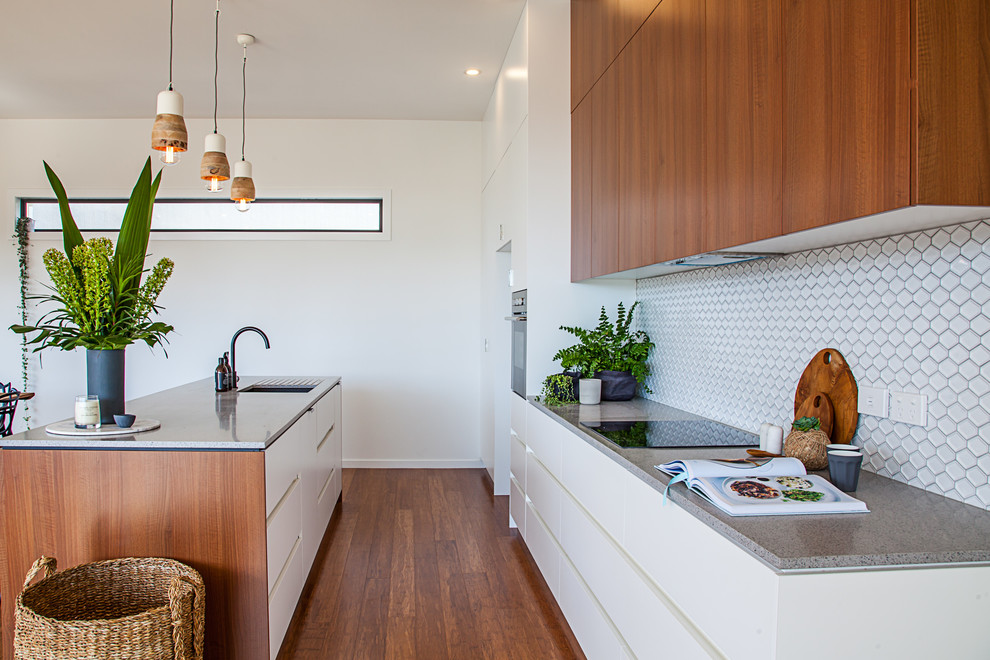
Unlike framed construction, there is no center stile that descends between the doors of the frameless cabinet. The absence of it facilitates unobstructed access to the interior. It is naturally referred to as “full access”. Retrieving items from within is easy and there is approximately 15% more usable space thanks to the open area.
The cabinetry drawers are also typically larger, creating an overall storage advantage. The doors are generally full-overlay though they are available as full inset as well. The shelves are most often made to be adjustable. Often a thick veneer is used to protect the raw edges of the box.
Framed Cabinetry
Of American origin, framed cabinetry (or “face frame”) is a traditional standard construction type popular among U.S. manufacturers. In its design, a face frame that is comprised of horizontal rails and vertical stiles typically 1” or 1 ½” wide is attached to the front of the cabinet box. Essentially, it resembles a picture frame (imagine a large one attached to the front door and you’ll better understand the concept). The edge of the frame is aligned with the outside surface of the boxes’ sides and extends out forward only slightly, providing a classic appearance, one of added dimension.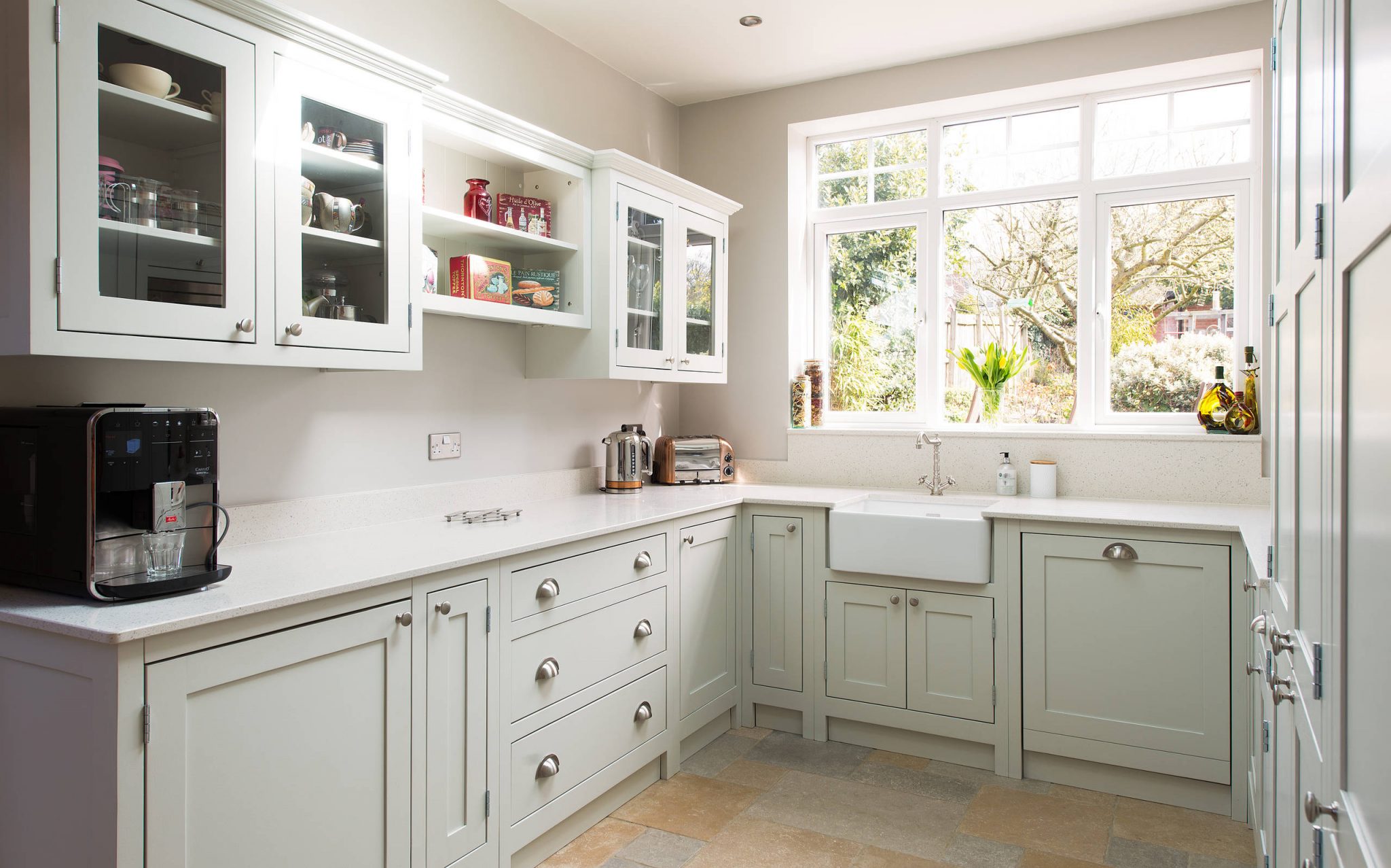
Compared to the frameless style, it is the more traditional of the two. The look varies per the types of door overlay used of which a custom appearance may be achieved. “Door overlay” refers to how much of the door or drawer lays over the face frame. A full-overlay covers it completely. A partial overlay covers only a portion. When the doors and drawers are made to fit perfectly within the framework it is called “full-inset” with their edges flush with the frame. The measurements of overlays will vary per manufacturer.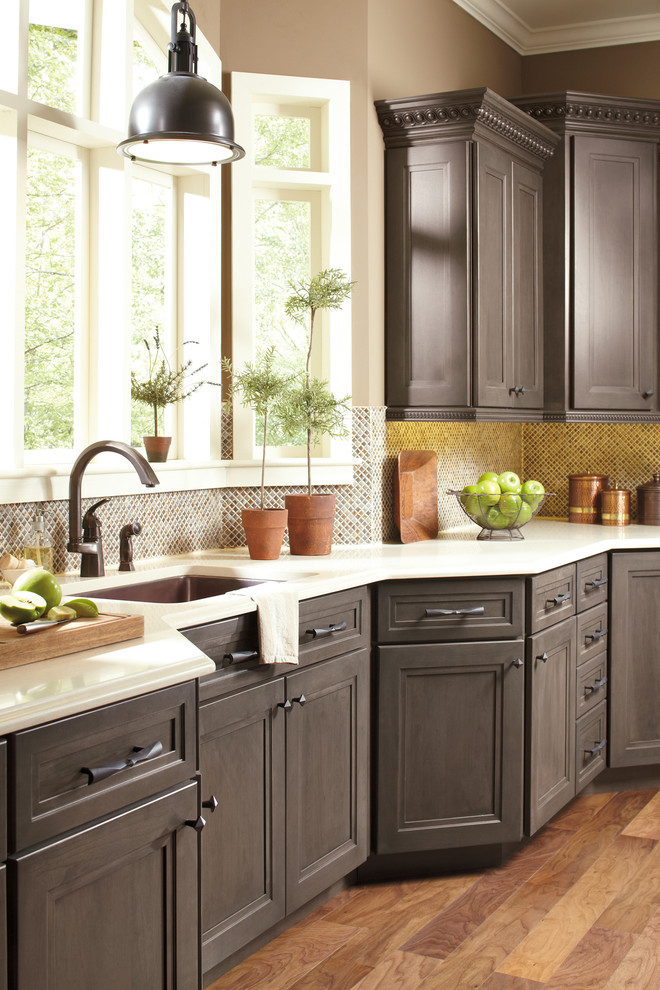
With the doors firmly secured, the framed cabinet boasts superior strength and durability. Intentional of the design, the door hinges attach directly to the face frame. The shelves are most commonly (though not always) adjustable. But it is the door options that really allow you to indulge in design possibilities and tweak the look to your preference.
It has been reported that the assembly and installation of frameless cabinets is superior of the two, precise and rewarding. On the other hand, the framed construction is considered a product of elegance, and is widely appreciated for the timeless appeal it conveys.
There is no wrong choice. After all, it’s personal preference that frames the style of your home.

